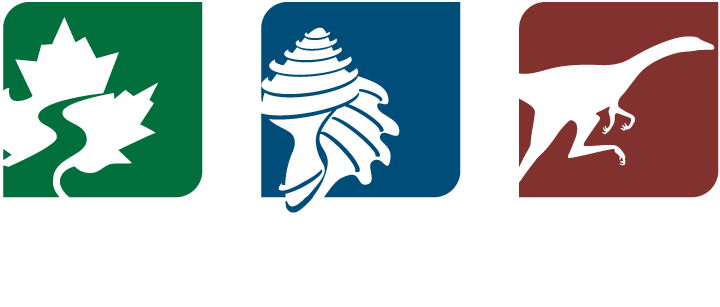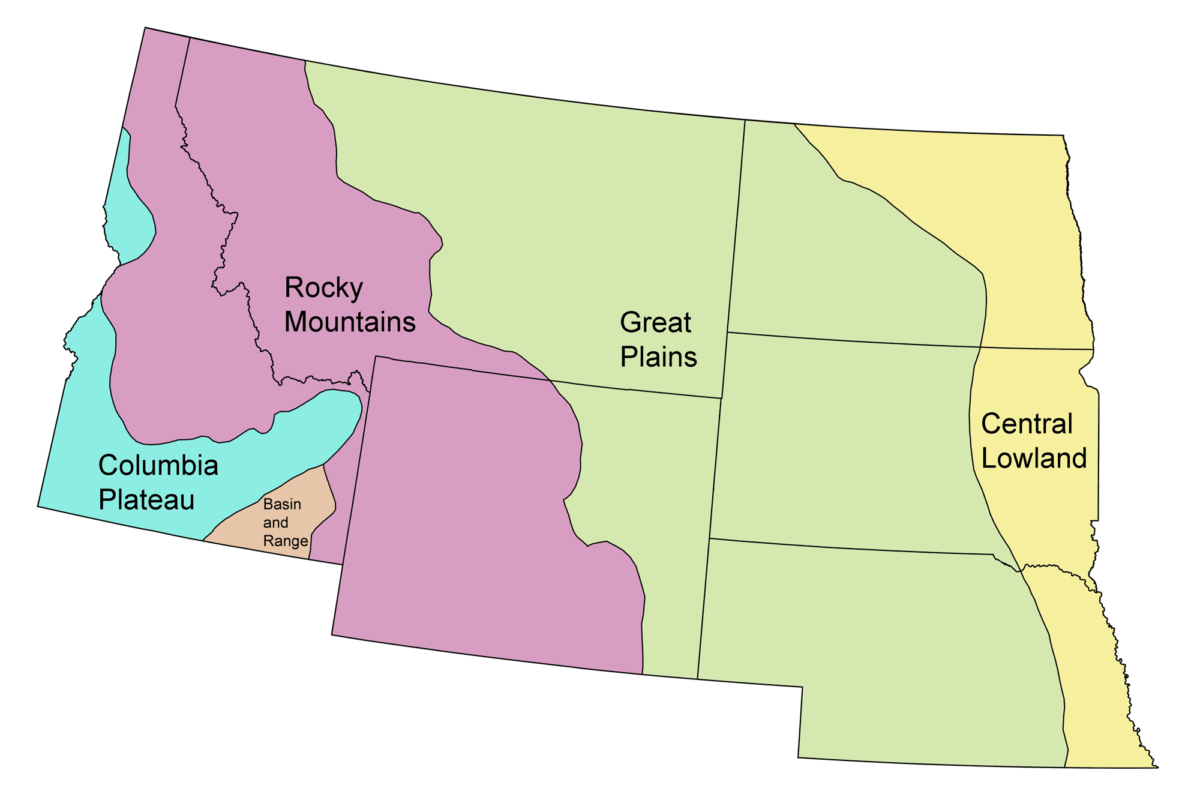The place where you are right now has a rich geological history that is recorded by the rocks beneath you and the fossils that they may contain. The rocks and fossils reveal the movements of continents and the evolution of new forms of life. This history helps to explain why the Earth looks like it does today. It also explains things like the distributions of natural resources, from rare minerals to rich soils for agriculture. Studying Earth's ancient climate also helps us to make sense of how the climate is changing today and how it will affect us where we live.
The goal of this part of the Earth@Home project is to explain the Earth science of the western United States, which is defined here to include Idaho, Montana, Nebraska, North Dakota, South Dakota, and Wyoming. Major regions include the Central Lowland, Great Plains, Rocky Mountains, Columbia Plateau, and the Basin and Range.
Contents
Overviews of Northwest-Central U.S. Earth Science
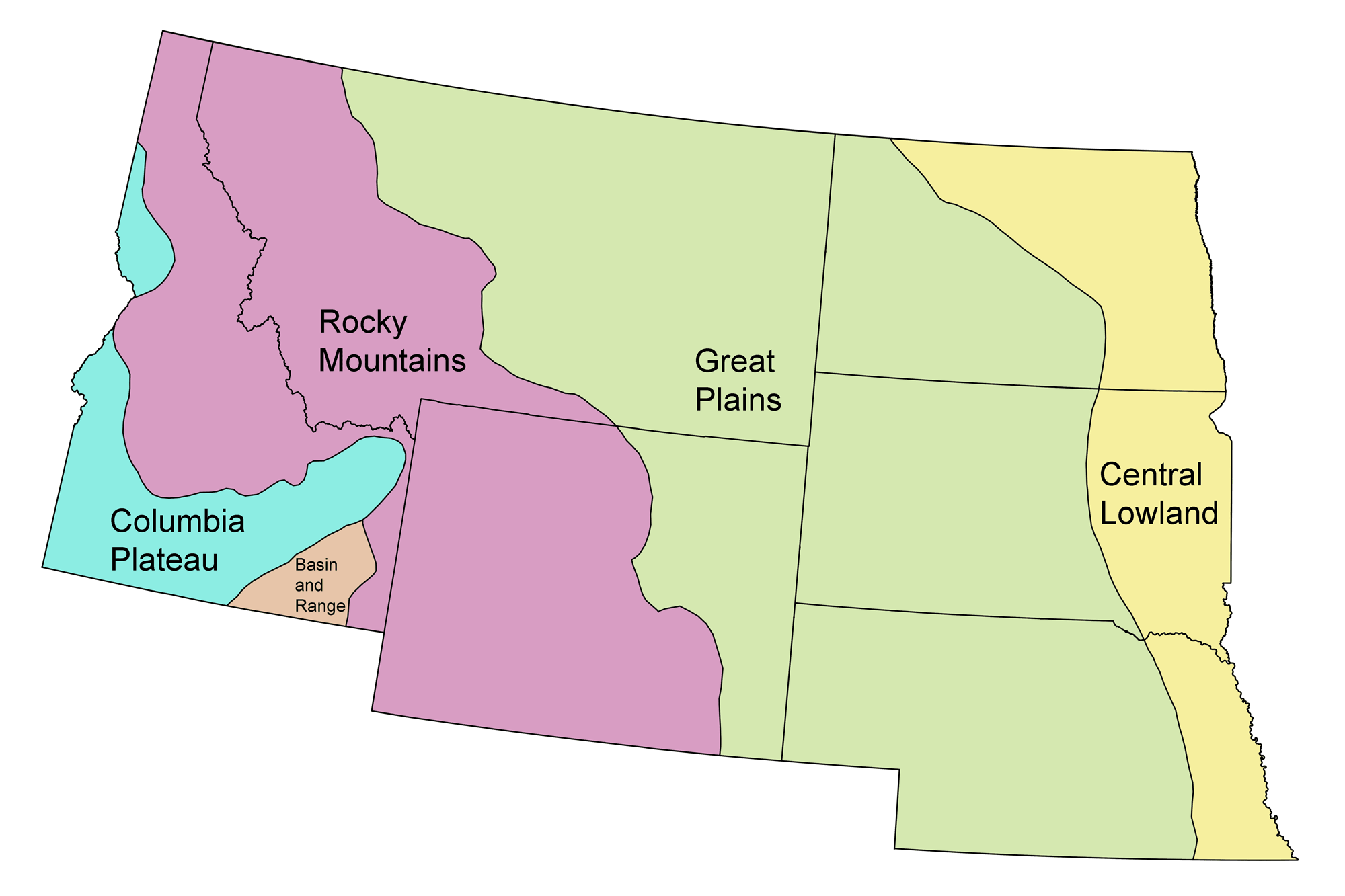
Central Lowland Region
The eastern areas of Nebraska, North Dakota, and South Dakota.
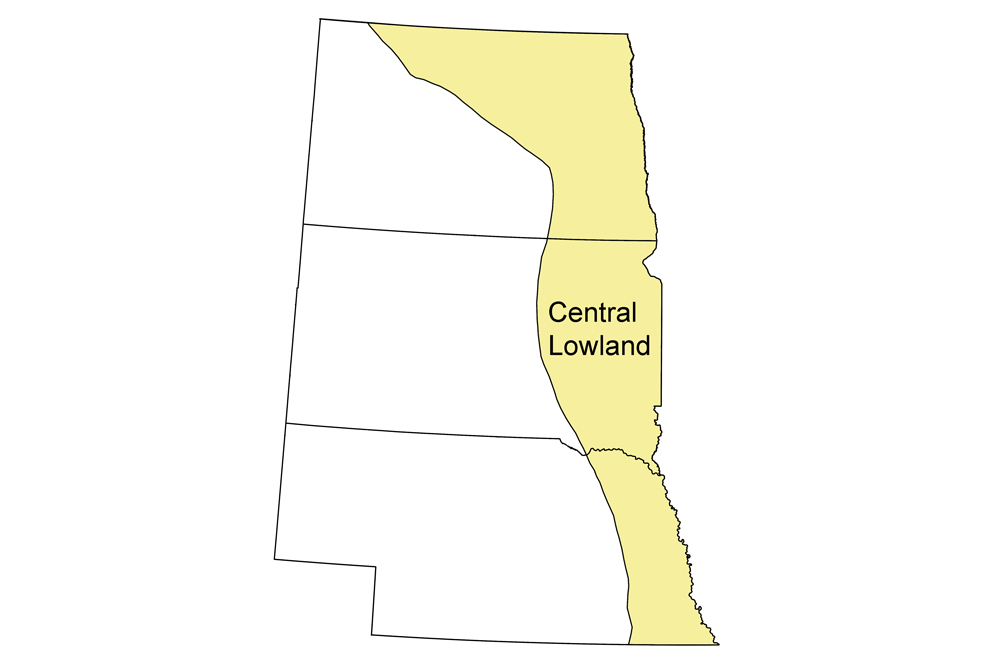
Great Plains Region
The western portions of Nebraska, North Dakota, and South Dakota, as well as the eastern portions of Montana and Wyoming.
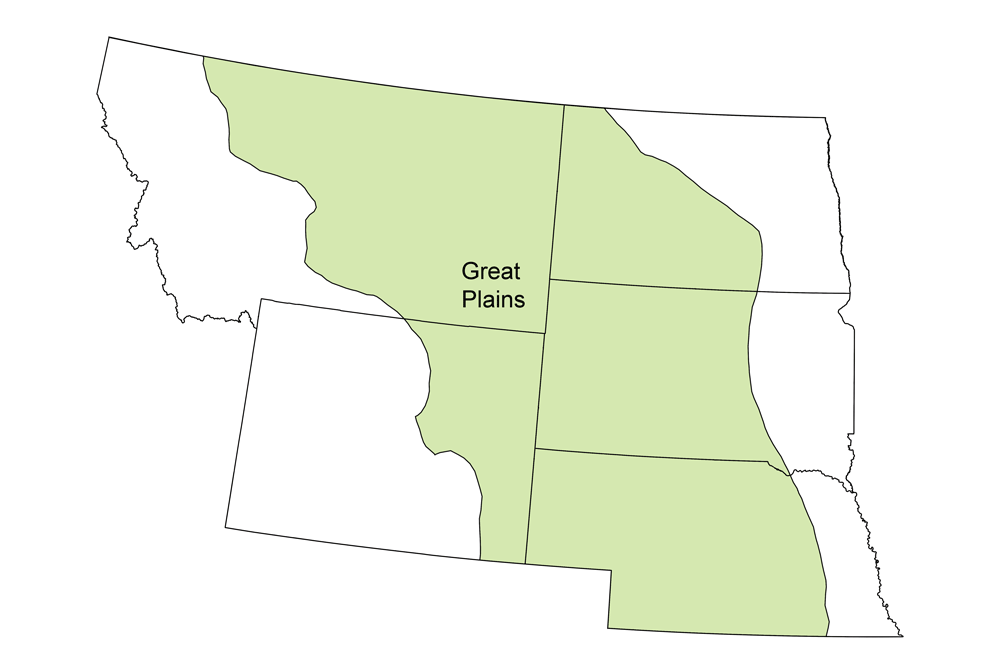
Rocky Mountain Region
The western portions of Montana and Wyoming and the northeastern and southeastern parts of Idaho.
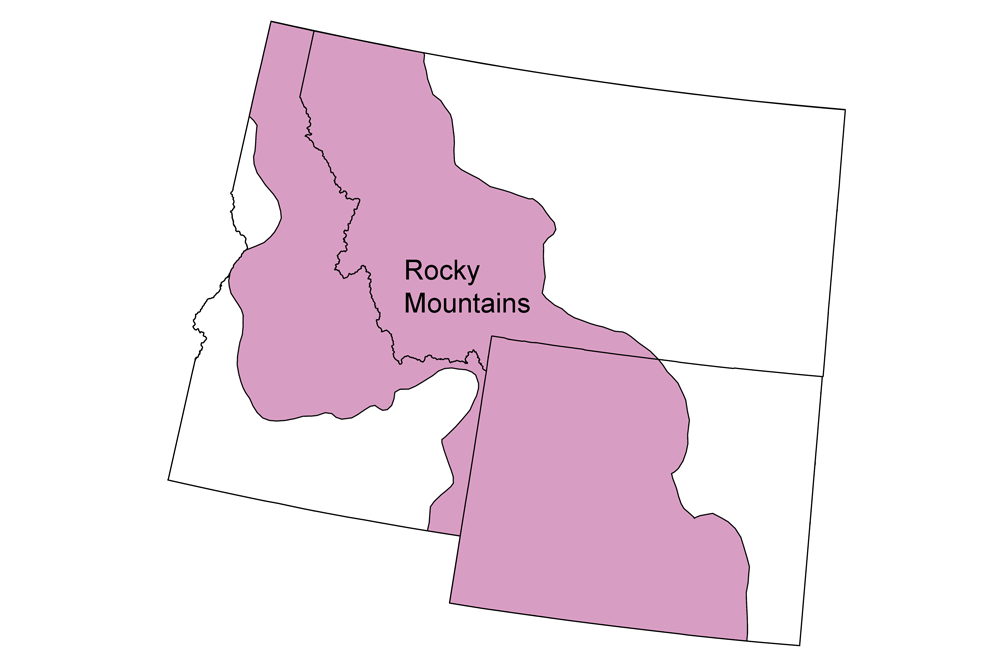
Columbia Plateau Region
Western, south-central, and part of southeastern Idaho.
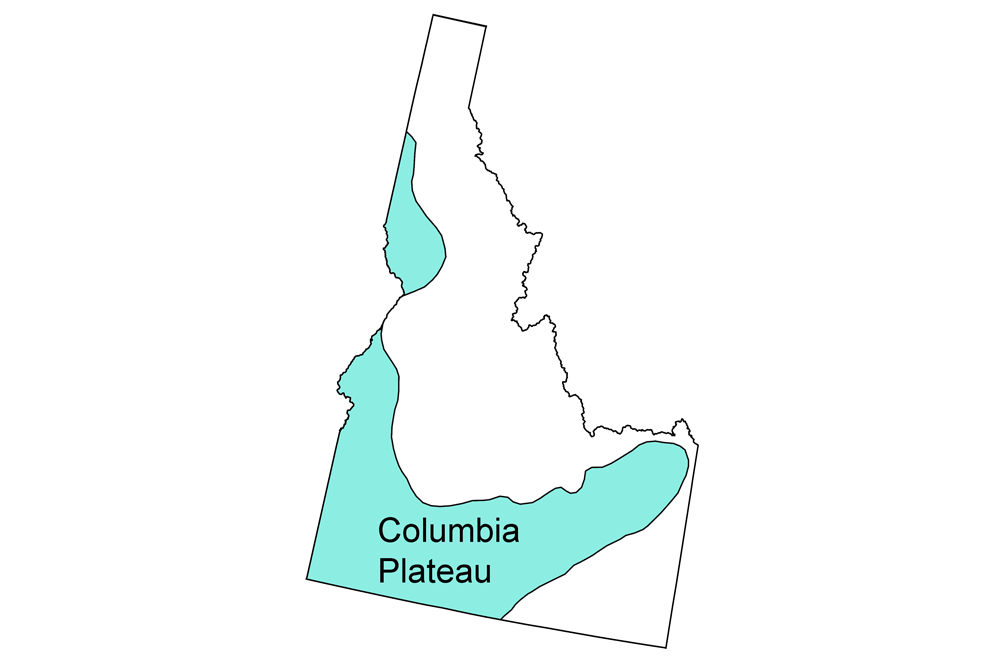
Basin and Range Region
A small part of southeastern Idaho.
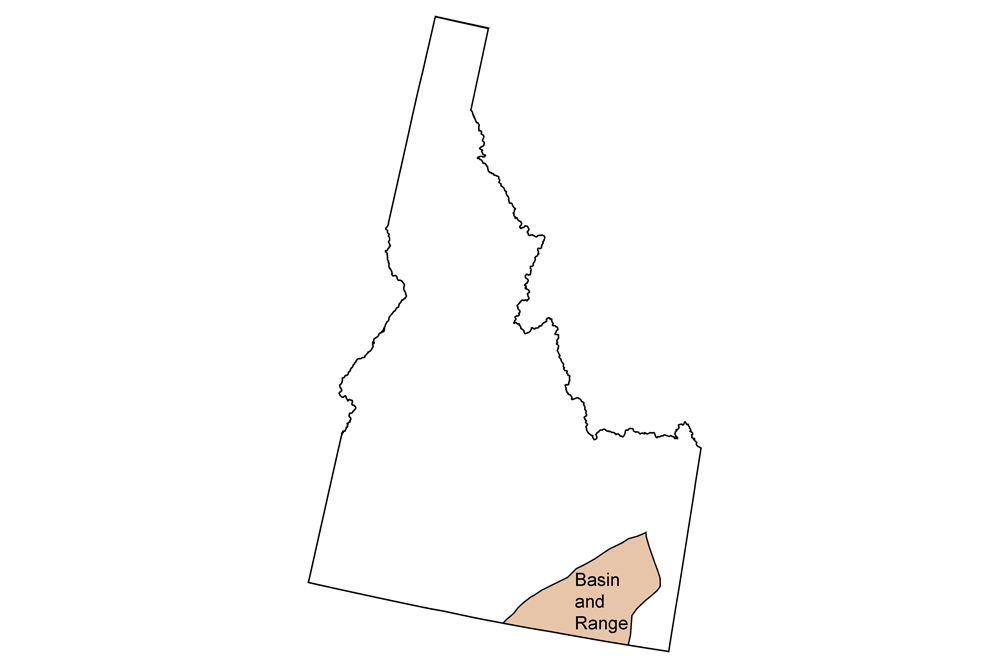
Geologic Maps, Topographic Maps, and Earth Science Quick Facts
Simple geologic and topographic maps of each state in the Northwest Central United States, along with quick facts about official state fossils, rocks, minerals, gems, points of highest and lowest elevation, and lists of places to visit.
Resources
Lists of supplemental and teaching resources for the Earth science of the northwest-central U.S., sorted by topic.
Earth Science Careers
Information about Earth science career paths.
Credits
Most of the Earth@Home content in the Here on Earth: Northwest-Central United States section is from The Teacher-Friendly Guide to the Geology of the Northwest Central US, edited by Mark D. Lucas, Robert M. Ross, and Andrielle N. Swaby (published in 2015 by the Paleontological Research Institution; currently out of print). The citation for the original book is:
- Lucas, M. D., R. M. Ross, and A. N. Swaby (eds.). 2015. The Teacher-Friendly Guide to the Earth Science of the Northwest Central US. Paleontological Research Institution, Ithaca, New York, 450 pp.
The book was adapted for the web by Elizabeth J. Hermsen and Jonathan R. Hendricks in 2022. Changes include formatting and revisions to the text and images.
Authors for the original chapters adapted for the northwest-central U.S. section of Here on Earth are as follows. Some of the content has been spread over multiple pages on this website, so links are not provided below:
- Chapter 1. Geologic history of the Northwest Central US: Lisa R. Fisher and Warren D. Allmon.
- Chapter 2. Rocks of the Northwest Central US: Lisa R. Fisher and Bryan Isaacs.
- Chapter 3. Fossils of the Northwest Central US: Warren D. Allmon and Dana S. Friend.
- Chapter 4. Topography of the Northwest Central US: Libby Prueher and Andrielle Swaby.
- Chapter 5. Mineral Resources of the Northwest Central US: Thom R. Fisher and Robert M. Ross.
- Chapter 6. Glaciers in the Northwest Central US: Libby Prueher.
- Chapter 7. Energy in the Northwest Central US: Carlyn S. Buckler and Robert M. Ross.
- Chapter 8. Soils of the Northwest Central US: Spencer A. Cody.
- Chapter 9. Climate of the Northwest Central US: Ingrid Zabel and Judith T. Parrish.
- Chapter 10. Earth Hazards of the Northwest Central US: Libby Preuher and Andrielle Swaby.
